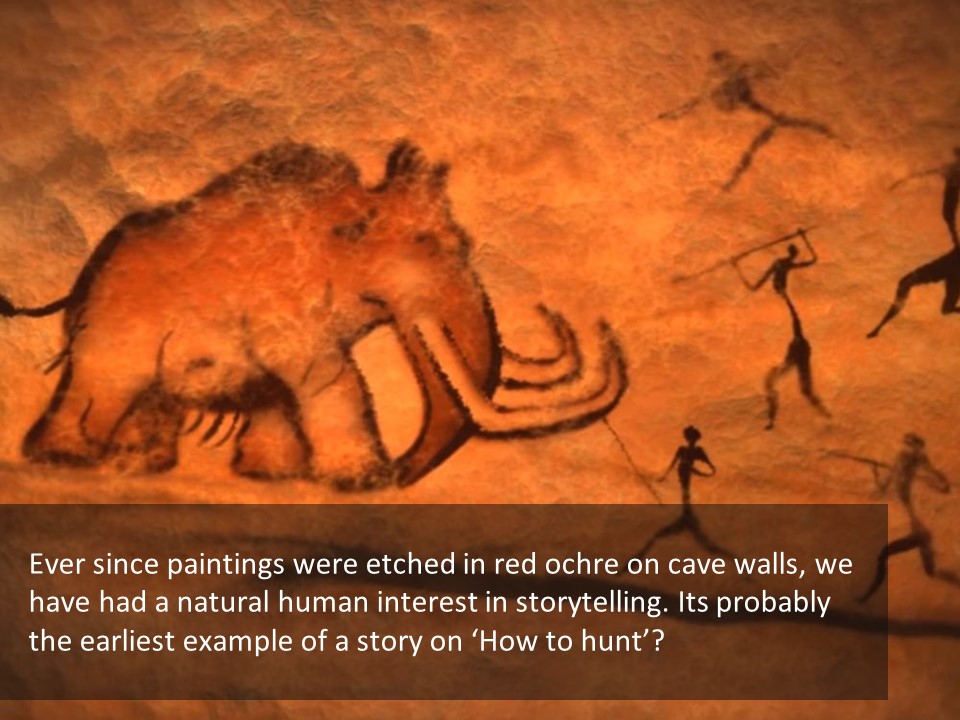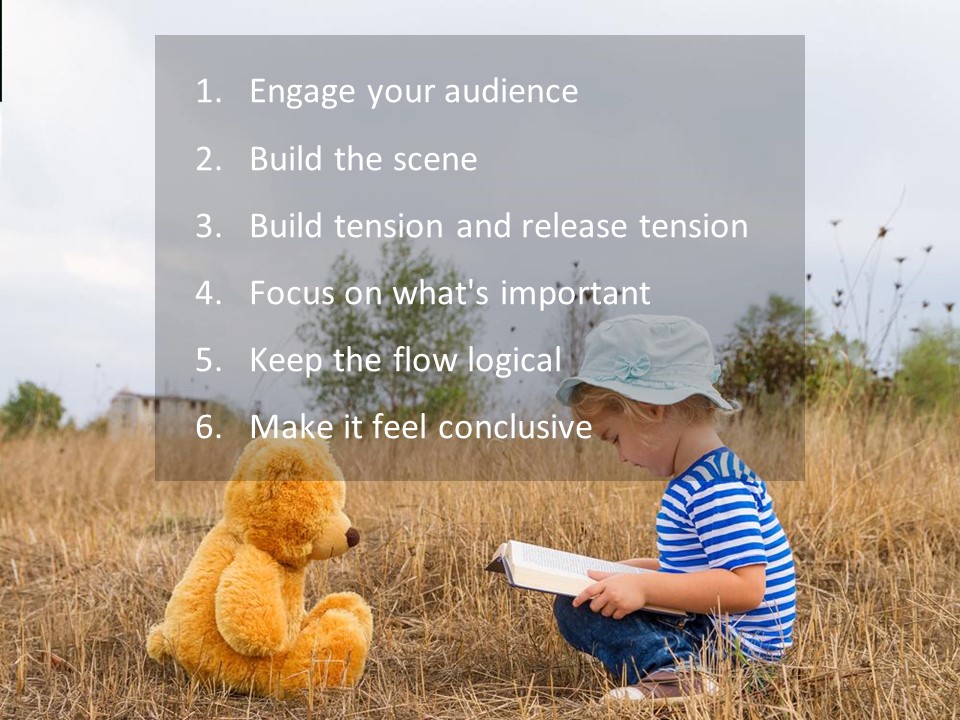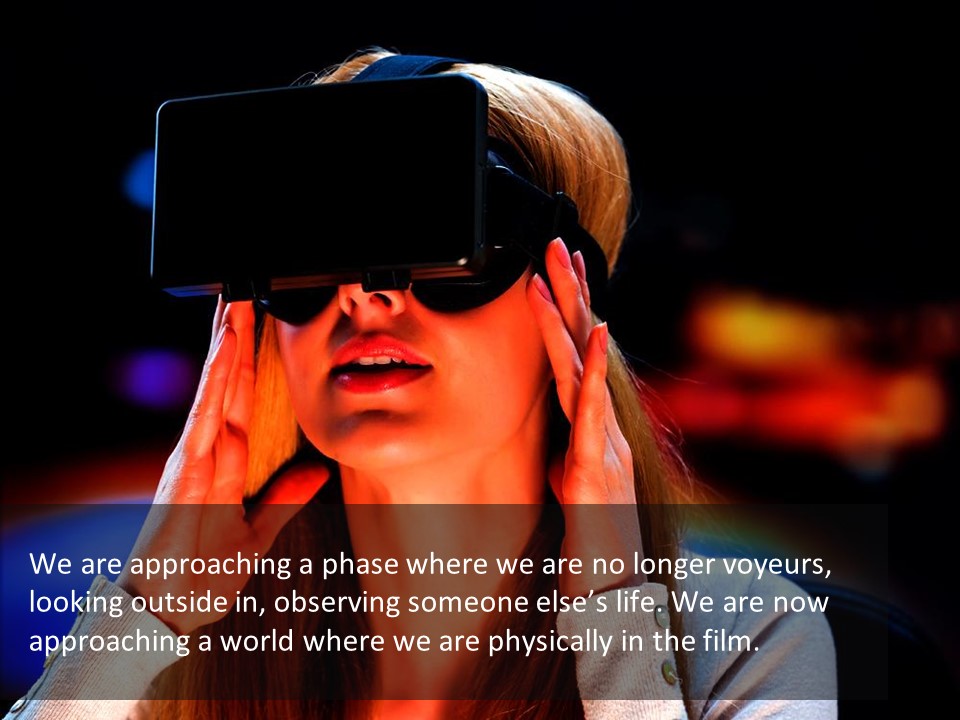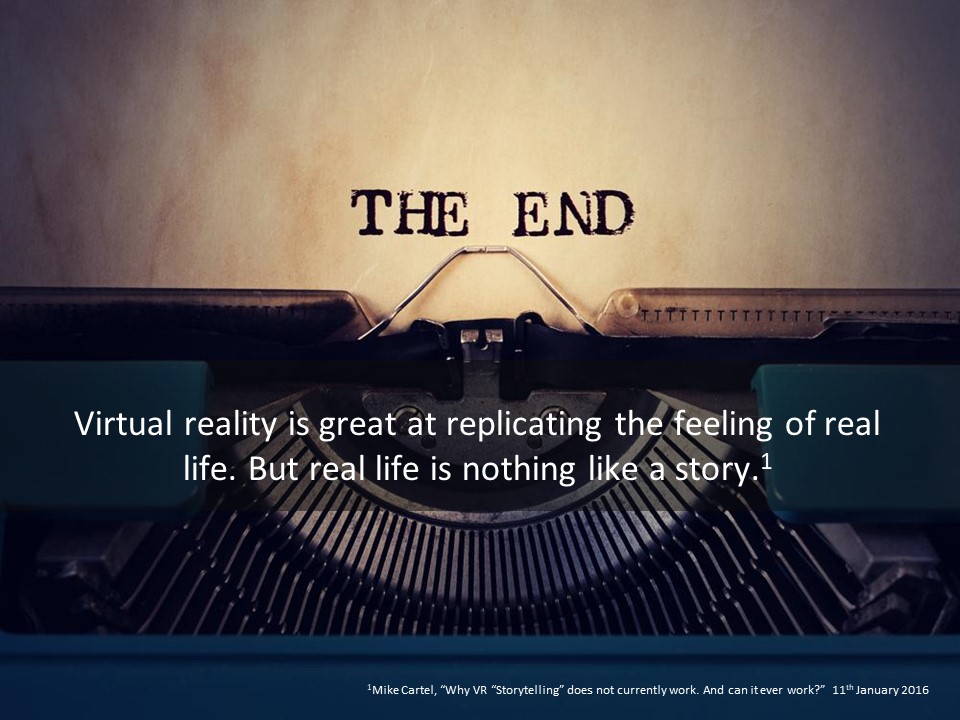Good story-telling has a narrative power that grabs the attention of your audience – and holds it! Research by the Statistic Brain Research Institute indicates you have approximately 8.25 seconds to pull your audience in. If you’re a marketer, you know that engaging your target audience is easier said than done! Think about your own story. You have a great product, an arsenal of far-reaching digital tools, consumer analytics and multiple platforms to blow your trumpet. Except nobody is listening to the music.
Your target audience is not engaging with your brand or your product, and you feel the analytics are misguiding you. But what if you had the power and the know-how to adapt your story…
Todays technologies position people in a world in which individuals are no longer voyeurs looking in from the outside. Your stage is also the stage of your audience. The technology at your disposal can create an environment in which everybody has a part to play. All you need is the right technology and a compelling story. So how do you leverage existing technologies and create a scenario that compels your audience to engages with your product, service and brand?
Is Social Media A Story-Telling Platform?
The internet provides a platform where people can interact, express their views, share content and information. Social media has given everybody a voice. But is social media being used in the right way to grab attention and influence consumer decisions?
Qualitative market research conducted by Emerald Insight indicates the majority of subscribers want to tell their own story to the world. You will know from personal experience how people are obsessed with endless selfies and pictures of their food, pets and holidays. Research shows that 88% of people use social media to interact with friends and socialise with others. 76% use it to pass time, 64% for entertainment and 56% to express opinions. The encouraging statistic to come from the research was that 80% of social media subscribers also search for information about brands, sales, deals and products. Social media marketing may already be a part of your story. And you’re probably already following digital marketing advice about making social media content visual engaging, interactive and relaying an authentic story.
So, what are you missing?
Virtual Reality – Technology for Compelling Storytelling
Immersive story-telling has been described as ‘the new frontier” for marketers. Technological advancements in recent years have made it possible to recreate a virtual environment that looks, feels and smells like the real world. Virtual reality (VR) delivers a completely immersive experience with endless possibilities. All you need to do is tell the right story. But why is VR more effective than social media?
To enter the virtual world, users have to wear a headset. They can also wear gloves for added effect. The technology directly taps into the user’s senses – and our sensory organs transmit information to the brain. The brain cannot tell the difference between the real world and the virtual world. It merely interprets the information it receives. Therefore, the brain receives information directly from the virtual world and perceives the environment in the same way it would in a real-life experience. Any lived experience provokes emotions. Therefore, if you deliver a story your audience relates to, the emotional experience they have forges a bond with your brand.
Talented designers can create a dynamic space in which your audience can see, smell and hear. With VR you can utilise haptics which recreates the sense of touch through forces, vibrations, and motions. The immersive experience fuels emotions and enhances the story.
Use Power Words and Captivating Images
Compelling stories use strong dialogue and captivating visuals. What you are looking for is a story with a heart that creates an emotional connection on a personal level. To simplify the storytelling process, identify the emotional state you intend to evoke. Then create a single moment in your story that delivers the emotion in a powerful and memorable way. The goal of a VR simulation is to send the viewer away wanting to find out more. They should want to relive this experience whenever they want.













